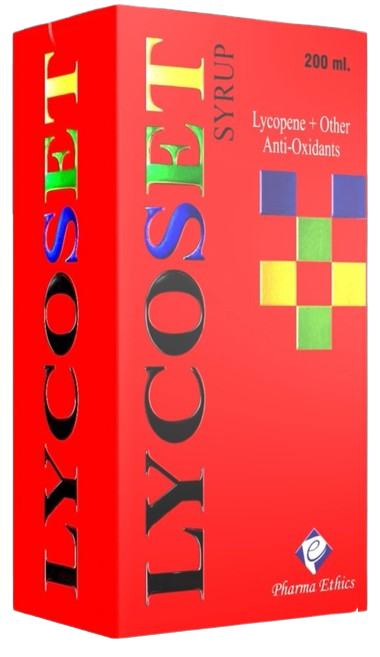Green Tea Extract
Nature’s Concentrated Wellness Booster
Green tea has been celebrated for centuries for its healing properties. Derived from the leaves of the Camellia sinensis plant, green tea extract offers a concentrated dose of antioxidants. It contains high levels of polyphenols, especially catechins – the most notable being epigallocatechin gallate (EGCG), a compound with potent antioxidant and anti-inflammatory properties.


Why Do You Need Green Tea Extract?
What sets green tea extract apart is its high concentration of EGCG, a catechin with one of the most powerful antioxidant effects found in nature. It not only fights oxidative stress but also supports metabolism, and brain function – making it stand out in its health benefits. A variety of benefits linked to green tea extract:
A 2023 meta-analysis encompassing over 772,000 participants found that consuming green tea daily was associated with reduction in Chronic heart disease risk [3] .
A PubMed published systematic review of 21 studies, including randomized controlled trials and observational studies, found that green tea consumption positively influences cognitive functions such as memory and attention. The combined effects of caffeine and L-theanine in green tea were particularly note for enhancing working memory and attention [4] .
The antioxidants in green tea extract have been studied for their role in reducing the risk of certain types of cancer, particularly breast, prostate, and colorectal cancers. Epidemiological studies have investigated the relationship between green tea consumption and cancer risk. A 2022 Frontier publication reported that higher green tea intake was associated with a reduced risk of prostate cancer [5] .
A systematic review and meta-analysis of 55 randomized controlled trials revealed that green tea supplementation significantly influences lipid profiles, blood pressure, and glycemic control. [6] .
EGCG helps lower inflammation, which is a key factor in many chronic diseases.
It can help regulate your blood sugar levels.
Fight Free Radicals the Green Way
REFERENCES
- Li, D., Wang, R., Huang, J., Cai, Q., Yang, C. S., Wan, X., & Xie, Z. (2019). Effects and Mechanisms of Tea Regulating Blood Pressure: Evidences and Promises. Nutrients, 11(5), 1115. Https://Doi.Org/10.3390/Nu11051115
- Liu G, Mi X-N, Zheng X-X, Xu Y-L, Lu J, Huang X-H. Effects of tea intake on blood pressure: a meta-analysis of randomised controlled trials. British Journal of Nutrition, 112(7):1043-1054. doi.org/10.1017/S0007114514001731(Https://Www.Cambridge.Org/Core/Journals/British- Journal-Of-Nutrition/Article/Effects-Of-Tea-Intake-On-Blood-Pressure-A-Metaanalysis-Of- Randomised-Controlled-Trials/AD10B8AF38E3184FCFDDC9778F833835)
- Wang ZM, Zhao D, Wang H, Wang QM, Zhou B, Wang LS. (2023). Green tea consumption and the risk of coronary heart disease: A systematic review and meta-analysis of cohort studies. Nutr Metab Cardiovasc Dis. 2023 Apr;33(4):715-723. doi:10.1016/j.numecd.2023.01.017. Epub 2023 Jan 29. PMID: 36849317.(Https://Pubmed.Ncbi.Nlm.Nih.Gov/36849317/)
- Mancini E, Beglinger C, Drewe J, Zanchi D, Lang UE, Borgwardt S. Green tea effects on cognition, mood and human brain function: A systematic review. Phytomedicine. 2017 Oct 15;34:26-37. doi: 10.1016/j.phymed.2017.07.008. Epub 2017 Jul 27. PMID:28899506. (Https://Pubmed.Ncbi.Nlm.Nih.Gov/28899506/)
- Li Xiao-Xiang , Liu Chang , Dong Shu-Ling , Ou Can-Song , Lu Jian-Liang , Ye Jian-Hui , Liang Yue-Rong , Zheng Xin-Qiang. Anticarcinogenic potentials of tea catechins. Frontiers in Nutrition, Volume 9 – 2022. DOI/10.3389/fnut.2022.1060783(Https://Www.Frontiersin.Org/Journals/Nutrition/Articles/10.3389/Fnut.2022.1060783)
- Zamani Mohammad , Kelishadi Mahnaz Rezaei , Ashtary-Larky Damoon , Amirani Niusha , Goudarzi Kian , Torki Iman Attackpour , Bagheri Reza , Ghanavati Matin , Asbaghi Omid. 2022. The effects of green tea supplementation on cardiovascular risk factors: A systematic review and meta-analysis. Frontiers in Nutrition, Volume 9 – 2022.DOI=10.3389/fnut.2022.1084455(Https://Www.Frontiersin.Org/Journals/Nutrition/Articles/10.3389/Fnut.2022.1084455)
